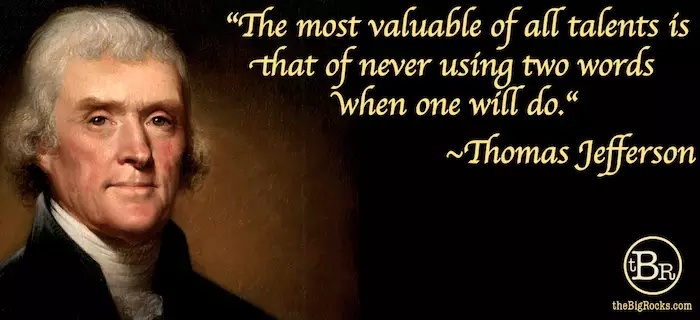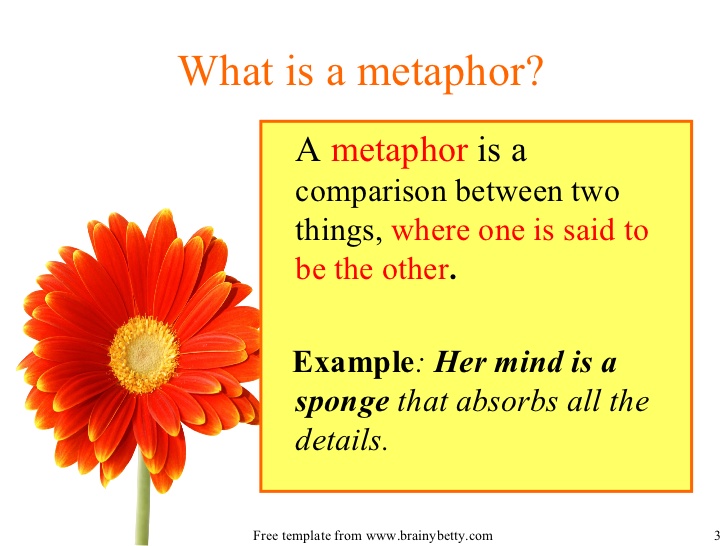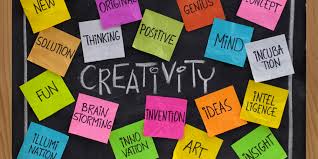Public speaking has become extremely important today. While the content is the king, speaker has to be choosy about the language. We find that language used by some of the speakers is so compelling that listeners are highly influenced. I am detailing below 6 language techniques which make the speech highly effective:

1. Using clear spoken language: Spoken language is not the same as written language. Its sentences have to be short. The long sentences may work well in the written essay but in speech short sentences are better. Further, concrete words should be used rather than the abstract ones. Verbosity needs to be avoided, totally. Above all, greater use of restatement is recommended. But the same should not be repetition the words which you have already used.
2. Concrete language: The language when the listener can create images in his mind. e. g. we say “the legs of speaker were shaking and repetitively he was wiping perspiration on his face.” The above statement is far more effective than saying that the speaker was extremely nervous and did not know how to proceed with a speech.

3. Specific words: It’s better to use specific words rather than generic. e. g. when we say a president of a company it is specific but if we just say manager though president is also a manager, but it is not specific. Manager is more specific than saying an administrator. Indeed, the manager is also an administrator.
4. Figures of speech: Use of any figure of speech makes the speech very interesting. There are number of elements which when used with discretion dramatically improves the quality of the speech. Figures of speech are:
i) Metaphor: metaphor is application of a name or description to something to which it is not literary related. For example, one may say, “life a camera. Just focus on what is important and capture the good times. Develop from the negative and if things don’t work take another shot.” Another example would be- so often we become so focused on the finish line that we fail to enjoy the journey. Such metaphors used appropriately are highly appreciated.

ii) Hyperbole: when we exaggerate anything for emphasis that would be known as hyperbole. The following are the examples of hyperbole in views.
- An obvious and purposeful statement of exaggeration used for emphasis, dramatic effect, and to make a clear poem.
- How do I love thee? Let me count the ways.
- “We cannot solve our problems with the same thinking we used when we created them.”

iii) Personification: The attribution of human character to animals/inanimate objects or abstract notions is known as personification. Examples:
- Time leaps forward
- The starts winked at me
- The Sun smiled on the city as a new day began.
- The piercing look almost broke the glass

5. Art of restatement: The restatement is an extremely effective way of putting across your point. However, it is important that you should not use the same words or the same sentence again and again. Use language which expresses the same idea but in different words. Imagination and application of mind will do the trick.
6. Creating emphasis: The speaker may use contras. Rhetorical questions can be asked to create a dramatic effect on the listeners. Contras are when you talk of totally opposite things together. Likewise rhetorical questions are such, which leave the audience aghast.

One of the most popular speeches of 20th century is ‘I have a dream’ by Martin Luther King. In this speech, he uses all types of figures of speech. In fact only their adept use has made the speech so popular, and so effective.









